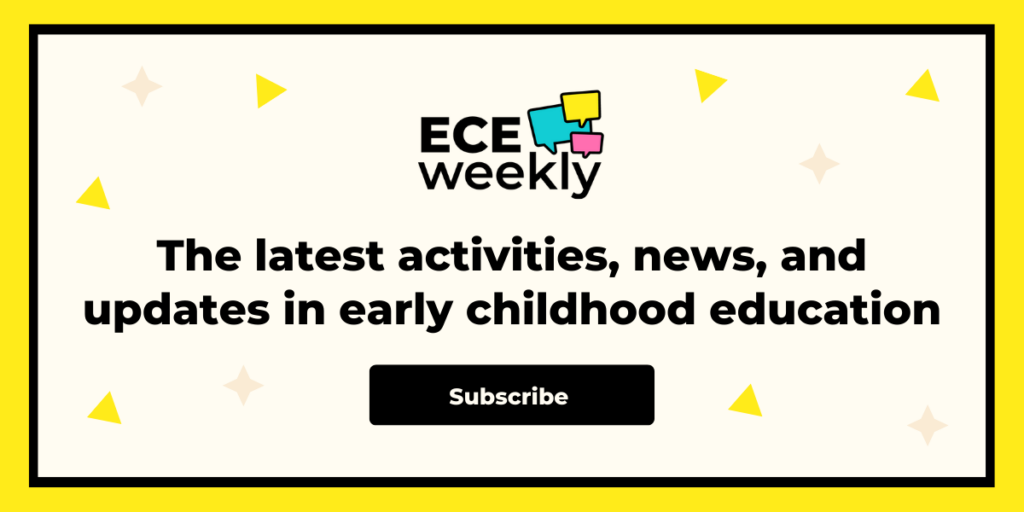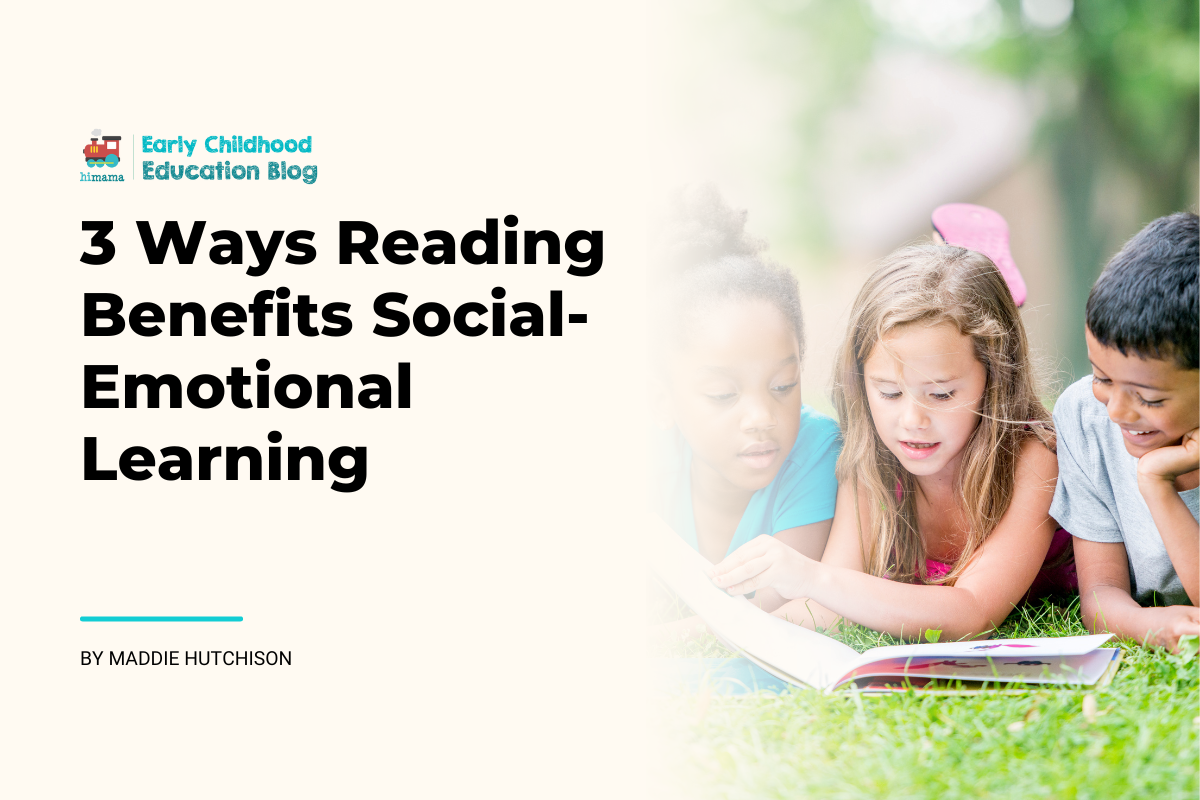Compassion, kindness, patience, collaboration—the qualities we admire in others are often the very traits we’d like to cultivate and celebrate in our children. And while many of us intuitively recognize the unique power of storytelling, unpacking how reading aids children’s social and emotional development allows caregivers to watch children’s sense of connection to the world as it flourishes.
Whether it’s a classic like Charlotte’s Web or an imaginative story of a hammerhead shark who learns that anger is natural, let’s take a look at how reading encourages children to see what it’s like to “be in another person’s shoes” while also learning fluency in their own emotions.
Reading and Social-Emotional Learning: What’s The Connection?
Social emotional learning (SEL) is a cornerstone of a child’s growth. This is the process through which children learn to recognize and process the full range of thoughts and emotions they move through, from feeling joy to feeling blue.
It’s this self-awareness that allows children to understand and empathize with others’ experiences—whether a sibling or a pen pal halfway across the world—even if their circumstances are wildly different. Moreover, social-emotional learning has been associated with:
- Reduced emotional distress
- Enhanced social interactions and healthier relationships
- Solid academic standing (and enjoying school)
- A sense of enrichment and overall well-being
How do social emotional learning books help? Let’s take a look.
#1. Reading Builds an Emotional Vocabulary
Emotions might start in our minds, but they’re felt in our bodies. And yet, even the most profound emotions are difficult for us to describe (ever wonder why there’s so few words for love in the English language?).
Reading helps young children who are just learning to express themselves build a vocabulary with which they can link to their own feelings. This is especially true of social emotional learning books that pair images with words, which can help your child make quicker and more deeply felt associations.
In turn, they can apply these emotions to others they encounter.
Try this…
When a character in the story you’re reading with your child experiences a challenging emotion, ask them if they’ve ever felt that way too. Give them time to reflect and help them come up with a few synonyms to describe what they felt. Over time, this may help your child articulate their thoughts and feelings.
#2. Reading Boosts Problem-Solving Skills
All stories have some sort of conflict. These don’t have to be big conflicts; sometimes, the most touching and eye-opening stories are the subtlest.
But for children, part of the fun of storytelling is anticipating and witnessing how a character solves a problem. You might ask a child:
- Why do you think they responded that way?
- Should they have responded that way?
- What do you think would happen if they made a different decision?
- Do you think they had other choices?
Imagining how a story might unfold lets children pause and look at a situation from an objective standpoint. In turn, they learn how to approach conflicts using reason and logic.
Try this…
Your child may have a favorite character in the books you read with them, whether it’s an Alpaca or Ramona Quimby. Caregivers can even reference this character when a child must make a decision or solve a problem. Try asking them, “What would Alpaca do?” or “Remember when Alpaca chose this instead of that?” No matter a person’s age, stories are a great teaching tool.

#3. Reading Broadens Perspectives and Develops Empathy
As a caregiver, you know that your child is very wrapped up in their own world—and this is by no means a negative thing. You, their family, their friends, their school are the entirety of their universe, and there’s a great deal of beauty in this.
But you also want to prepare your children for the bigger world outside, one in which they will come into contact with an untold number of differences, including:
- Cultures
- Languages
- Family structures
- Personalities
- Circumstances
Reading—and fiction in particular—helps expose your child to the incredible range of people and lifestyles there are in the world. This lets them forge connections between themselves and others.
As a result, children who read more will naturally build greater empathy. They may even come to realize that regardless of how different some people seem, we’re all alike in fundamental ways and feel many of the same things.
Try this…
The more widely your children read, the more perspective they’ll gain. Aim to pepper their library with books that will introduce them to other cultures and ways of life.
Promote Social-Emotional Learning With Slumberkins
A golden ticket for helping your child feel and express their own emotions, social-emotional learning lets children build compassion, explore conflict resolution, and nurture excitement for the broad and diverse world beyond their doorstep.
Slumberkins’ bright, colorful collection of social emotional learning books was created to foster precisely this skill set, introducing children to the big feelings they may experience—and learning to see how others feel them too.
Whether it’s a story about Bigfoot processing hurt feelings or Lynx learning to set healthy boundaries, Slumberkins stories teach kids to step into their emotions and embrace the world with full hearts.
Sources:
- National University. What is social emotional learning (SEL): why it matters.
- Psychology Today Australia. How reading helps children understand their emotions.
- Children’s Literacy Foundation. 7 ways reading improves emotional intelligence.
- Harvard Business Publishing. What makes storytelling so effective for learning?
- Discover Magazine. How reading increases empathy and encourages understanding.


